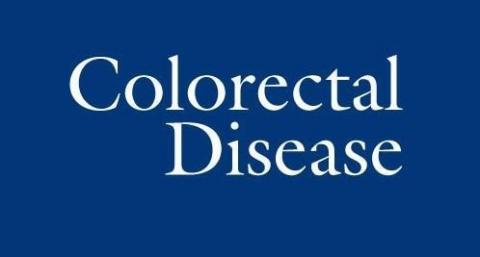European Society of ColoProctology: guideline for haemorrhoidal disease

Aim
The goal of this European Society of ColoProctology project was to establish a multidisciplinary, international guideline for haemorrhoidal disease (HD) and to provide guidance on the most effective (surgical) treatment for patients with HD.
Methods
The development process consisted of six phases. In phase one we defined the scope of the guideline. The patient population included patients with all stages of haemorrhoids. The target group for the guideline was all practitioners treating patients with haemorrhoids and, in addition, healthcare workers and patients who desired information regarding the treatment management of HD. The guideline needed to address both the diagnosis of and the therapeutic modalities for HD. Phase two consisted of the compilation of the guideline development group (GDG). All clinical members needed to have affinity with the diagnosis and treatment of haemorrhoids. Further, attention was paid to the geographical distribution of the clinicians. Each GDG member identified at least one patient in their country who could read English to comment on the draft guideline. In phase three review questions were formulated, using a reversed process, starting with possible recommendations based on the GDG’s knowledge. In phase four a literature search was performed in MEDLINE (Ovid), PubMed, Embase (Ovid) and the Cochrane Database of Systematic Reviews. The search was focused on existing systematic reviews addressing each review question, supplemented by other studies published after the time frame covered by the systematic reviews. In phase five data of the included papers were extracted by the surgical resident (RT) and checked by the methodologist (JK) and the GDG. If needed, metaanalysis of the systematic reviews was updated by the surgical resident and the methodologist using Review Manager. During phase six the GDG members decided what recommendations could be made based on the evidence found in the literature using GRADE.
Results
There were six sections: (i) symptoms, diagnosis and classification; (ii) basic treatment; (iii) outpatient procedures; (iv) surgical interventions; (v) special situations; (vi) other surgical techniques. Thirty-four recommendations were formulated.
Conclusion
This international, multidisciplinary guideline provides an up to date and evidence based summary of the current knowledge of the management of HD and may serve as a useful guide for patients and clinicians.
What does this paper add to the literature? This is the first international, multidisciplinary guideline that provides an up to date and evidence based summary of the current knowledge of the management of haemorrhoidal disease and may serve as a useful guide for patients and clinicians.

